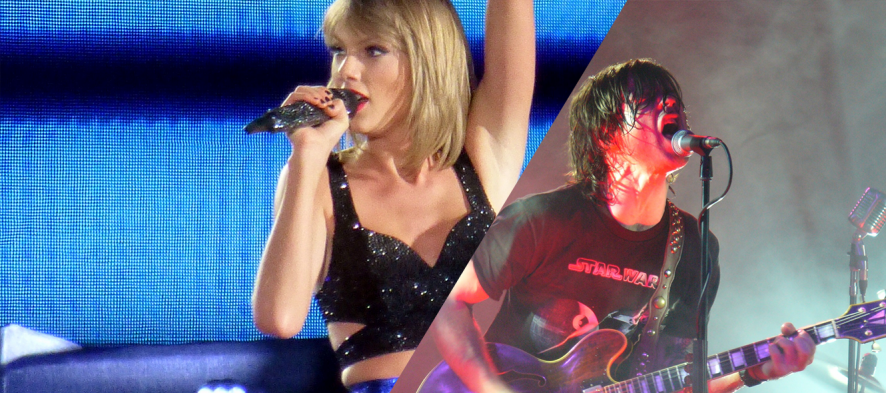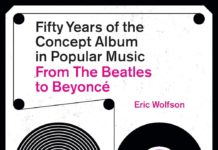Any music fan who flocks to YouTube to watch videos of their favorite artists has likely discovered the vast universe that exists on the platform devoted to cover songs. Before we delve any further into what this universe looks like and what it might mean for fans, artists, and music publishers, let’s ask the simplest question first: What is a cover song?
A cover song is any music performed or recorded by someone other than the artist who originally recorded, performed, or composed it. (There are legal nuances too complex to explore here, but quite simply, if you didn’t write the song, and you are performing the song, you are covering the song.)
For example, Taylor Swift’s most recent album, 1989, is a multi-platinum phenomenon that has remained pinned atop the Billboard album sales chart for nearly a year. Ryan Adams, a singer and songwriter—also popular, but not nearly in the same stratosphere as Swift—made news recently by releasing a song-for-song cover of Swift’s 1989. In other words, Adams’ version of 1989 is classified as an album comprised entirely of cover songs.
ZEFR Insights has often written about how fans drive the most-viewed content on the platform. Normally, we highlight this essential fact as a roadmap for brands to maximize the potential of earned media to help shape and disseminate their message. But early on in the first decade of YouTube’s existence, the platform was initially known as a place where recent major pop stars first got their start. Fast forward to the 2.4 billion views (and still growing) sensation that is Psy’s “Gangnam Style,” and you can now find countless examples of music icons using YouTube to their advantage. (See also: Katy Perry, Lana Del Rey, Gotye, etc.) Justin Bieber, in particular, launched into the mainstream on the power of a cover song he uploaded back in 2007 that caught the attention of label executives and landed him a recording contract.
Via Zefr







